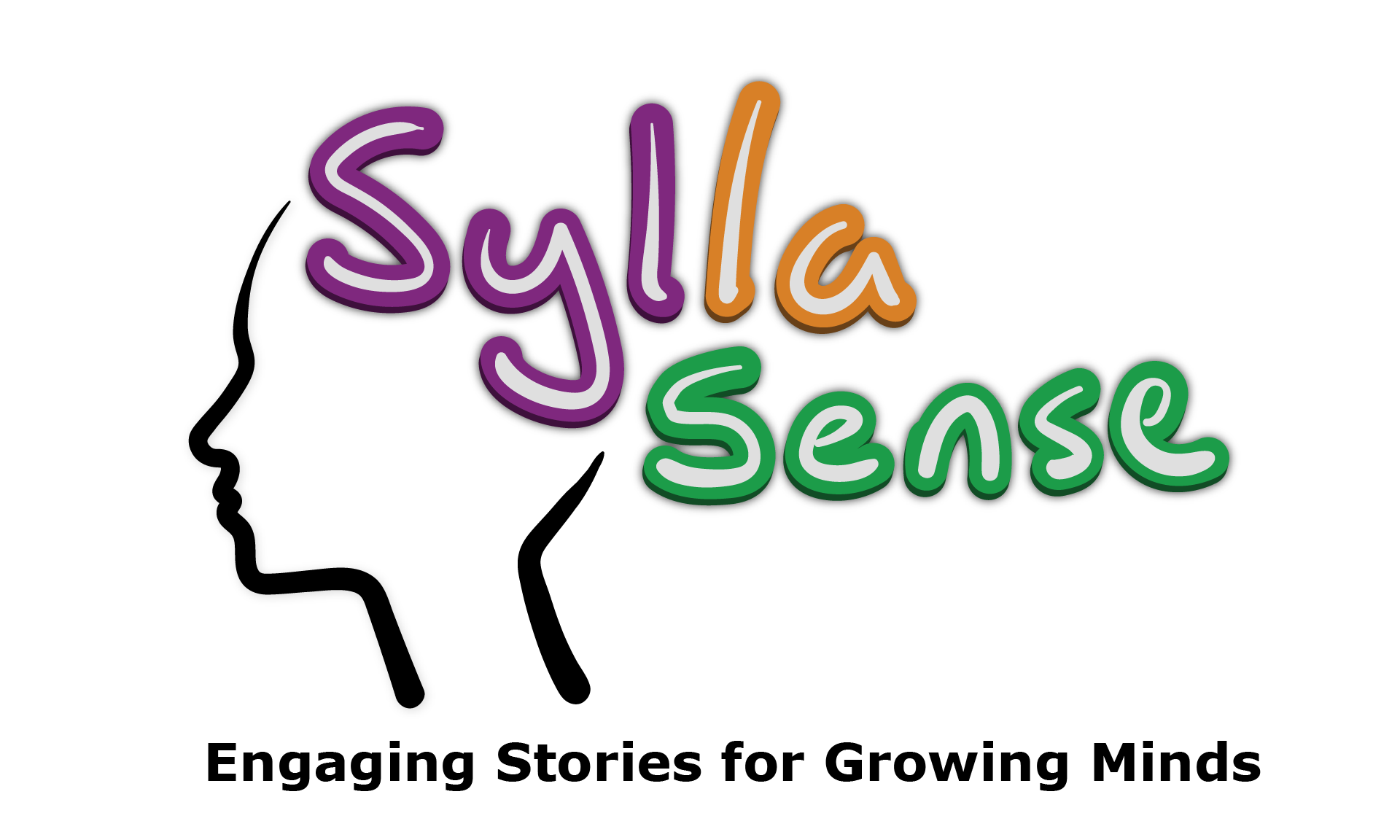Bobcats - Tip Sheet

- IT IS ESSENTIAL TO PRE-TEACH THE CONCEPTS INTRODUCED IN EACH BOOK PRIOR TO READING! -
|
Bobcats - Teacher Tip Sheet Blue Series - Book 10 - Bobcats |
||||||||||||||||
|
Orthographic Conventions/Patterns and Generalisations |
Tips and Activities to Try |
|||||||||||||||
|
Introduced in This Book
Previously Introduced Vowels
Consonants
Digraphs/Trigraphs
Additional Concepts
|
Key Concepts to Understand
Key Concepts to Understand
Words and Phrases for Reading and Writing Here is a list of words that can be used for phonemic awareness activities, reading, dictation, games cards, etc.:
Here is a word chain you could complete with blending cards:
Here are phrases that can be used for reading and/or dictation practice. These phrases can be combined to create sentences. A good opportunity arises to address syntax if the resulting sentence is not grammatically correct (e.g., The teens in the dorm was so cold. → The teens in the dorm were so cold.)
You can differentiate for your students by dropping some of the words in these phases (e.g., “the teens in the dorm” can just be “the teens”). |
|||||||||||||||
|
Morphology |
Tips and Activities to Try |
|||||||||||||||
|
Previously Introduced
|
Key Concepts to Understand
|
|||||||||||||||
|
Comprehension Corner - Bobcats |
||||||||||||||||
|
Vocabulary Development
Making Connections
Inferencing
Retelling/Summarizing
|
||||||||||||||||
Tip Sheet written by Shari Kudsia and Helen Maclean - April 2023 - ©SyllaSense Inc.
